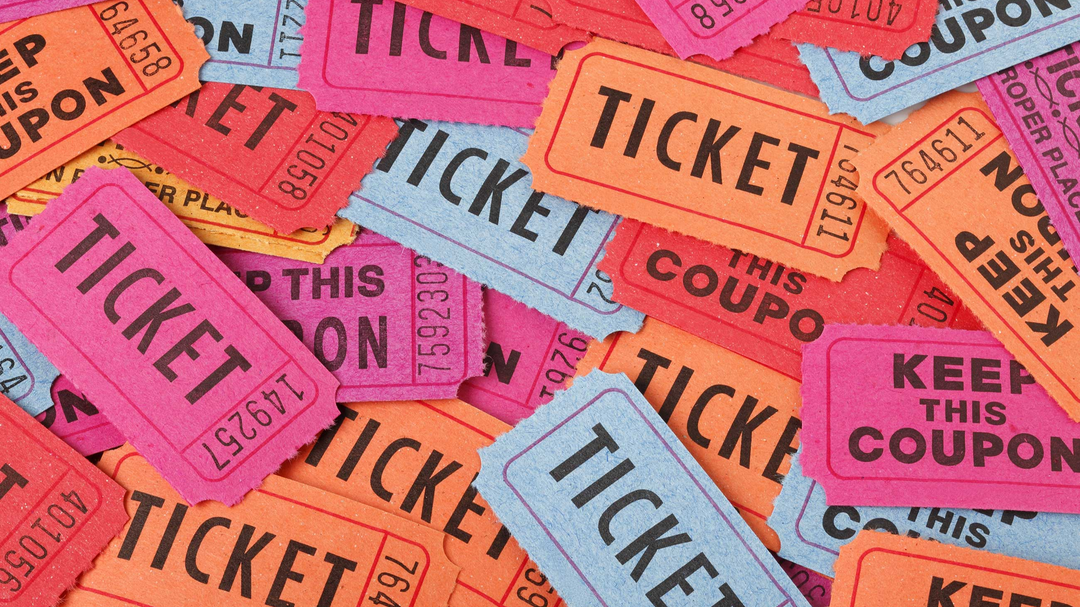An event begins with a ticket, but it doesn’t have to end there. In today’s landscape, the strongest events aren’t just one-time shows. They’re entry points to ongoing communities. Organizers are shifting their focus from selling out venues to building lasting relationships, where attendees feel connected, not just counted. Platforms like Brown Paper Tickets, a ticketing service offering digital tools for accessible and community-minded event planning, help make this transition easier by simplifying outreach, managing audience data and supporting flexible engagement models.
Audiences want more than access. They want to feel like they’re part of something. That shift means organizers must look beyond attendance and start asking better questions. How are we making people feel? What are we offering after the event ends? How are we inviting people back, not just as buyers, but as contributors? Here’s how events are rethinking their audience relationships and turning one-time guests into community members who come back, share and support long-term.
Start With a Welcome, and Not a Transaction
The relationship begins the moment someone commits to attending. Whether it’s a digital ticket confirmation or a welcome email, that first touchpoint sets the tone. Some organizers are reworking confirmation messages to include personal notes, speaker intros or community hashtags. Others use pre-event briefings or short “what to expect” guides to introduce the experience before it begins. These moments are more than informational, but they’re relational. When attendees feel welcomed, not just processed, they show up with more intention. They also begin to see the event as a space they belong to, not just pass through.
Use the Event to Build Connection, Not Just Deliver Content
At the heart of any event is experience, but for it to lead to a lasting community, it needs to include opportunities for human connection. Organizers are incorporating breakout sessions, facilitated networking, storytelling activities and community-driven installations to help attendees engage with each other, not just the agenda.
Some events include spaces for reflection or peer discussion alongside speaker sessions. Others pair attendees in light-touch connection formats like “conversation cards,” interest-based meetups or story walls. These interactions, while simple, help people build relationships that outlast the event. When attendees make real connections, they’re more likely to return, not just for the programming, but for the people.
Shift the Spotlight After the Event
Once the event ends, the communication shouldn’t. Post-event messaging offers a key moment to shift the narrative from event recap to community invitation. That might mean a thank-you email with a few favorite moments, a gallery of attendee photos or a quote roundup that includes guest contributions.
Some organizers feature attendee feedback or shared stories as part of their wrap-up. Others invite participants to join private groups, mailing lists or upcoming planning sessions. The goal isn’t just to say thank you, but it’s to say, “You’re part of what comes next.”
Provide Clear Ways to Stay Involved
People want to be part of something that is ongoing. Organizers are meeting this need by offering pathways that make continued involvement easy and accessible. It could mean joining a moderated online group, subscribing to a newsletter, contributing a blog post or attending casual digital meetups.
Some events use surveys to assess interest in roles such as volunteering, mentoring or contributing to future planning. By offering different levels of involvement, light, moderate, and deep, organizers can meet people where they are. When attendees have the option to choose how they engage, they’re more likely to stay involved in ways that feel manageable and lasting.
Elevate Attendees into Contributors
Loyalty grows when attendees have a voice in shaping what comes next. Some organizers invite community members to suggest themes, nominate speakers or contribute ideas for future formats. Others spotlight community contributions through newsletters or social media features. A few even bring past attendees into co-hosting roles, sharing tools or serving as ambassadors. The key shift is from a top-down approach to one that’s participatory. When attendees are treated as collaborators rather than just consumers, events gain fresh momentum and build the kind of trust that encourages long-term engagement.
Reimagine Your Audience as a Circle, and Not a Funnel
Traditional event strategies often follow a funnel model; attract, convert, deliver and move on. In contrast, community-centered events operate more like a circle, with attendees returning through ongoing touchpoints. Organizers are adopting this approach to build narrative arcs, offer layered experiences and design engagement that flows with a natural rhythm instead of relying solely on urgency.
That might look like quarterly workshops tied to an annual flagship event, rotating co-created sessions or year-round storytelling campaigns featuring past participants. Instead of only focusing on the next big-ticket sale, these events prioritize continuity. The result? A more stable, more connected base of supporters who feel invested in the journey, not just the moment.
Let Technology Support, Not Separate
Building ongoing relationships is easier with tools that help maintain them. Platforms like Brown Paper Tickets allow organizers to track engagement, manage communication and segment audiences based on interest or activity, all without overcomplicating the process. These tools make it easier to send personalized follow-ups, invite past attendees to new offerings and build integrated membership or donation options. Technology doesn’t create community, but it clears space for organizers to do the work that does.
Measure Connection, Not Just Conversion
Community-building takes a different kind of success metric. Organizers are looking beyond clicks and ticket counts to assess engagement, such as open rates, repeat attendance, social shares, replies to outreach or participation in post-event content. Some also use qualitative tools, such as asking attendees how the event made them feel, what they took away or how likely they are to invite a friend next time. These insights help refine the experience and signal where the connection is working, and where more support is needed.
Don’t Just Grow Bigger, Grow Deeper
The goal isn’t always to grow the biggest audience. Sometimes, it’s about growing the most connected one. Organizers who focus on depth over scale tend to see better retention, stronger word-of-mouth and more sustainable support. That might mean serving a smaller group with richer programming or offering fewer events with more follow-up. What matters is that attendees feel seen, heard and valued, not just counted. The events that prioritize these values are the ones people return to and bring others along with them.
From Crowd to Community
When events treat their audience as more than ticket buyers, the relationship changes. It becomes less about the transaction and more about trust. This shift doesn’t require massive resources or complicated systems. It requires intention. Organizers who design with community in mind and continue the connection after the event build more than just a program, they create a sense of belonging. And in today’s crowded landscape, that’s what truly resonates with people.











